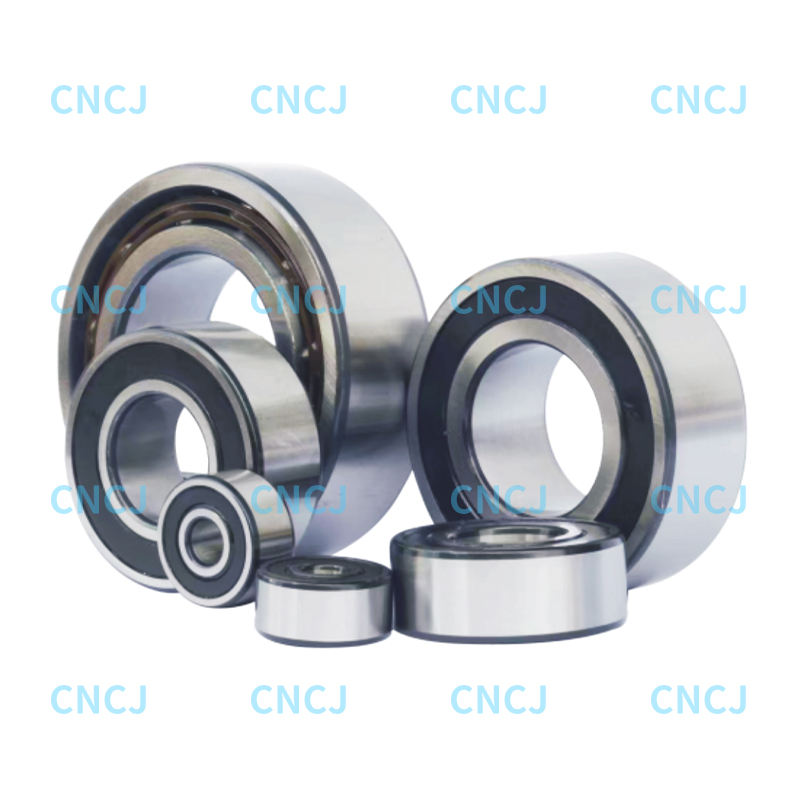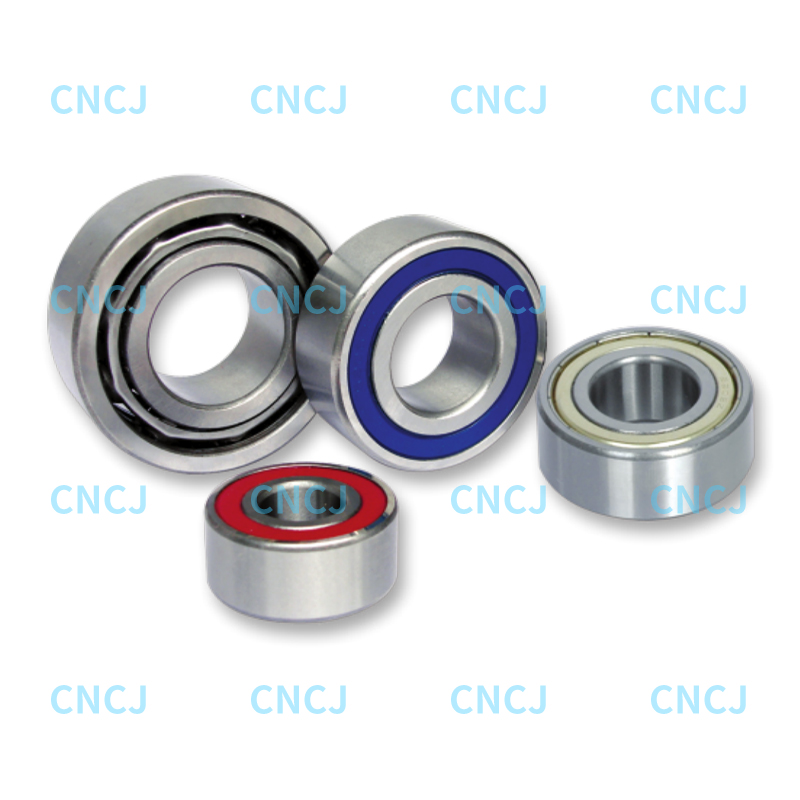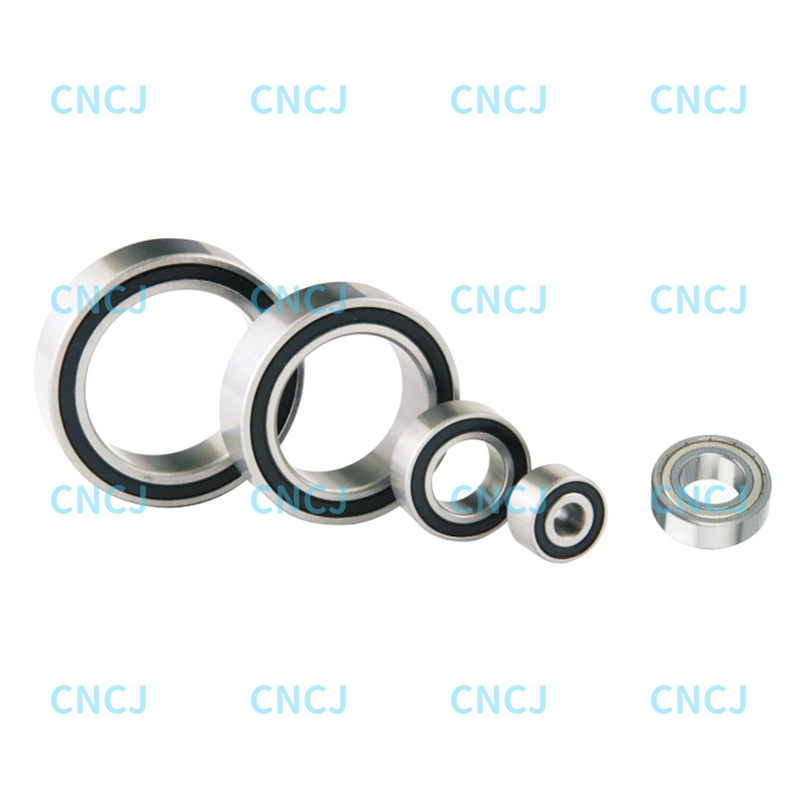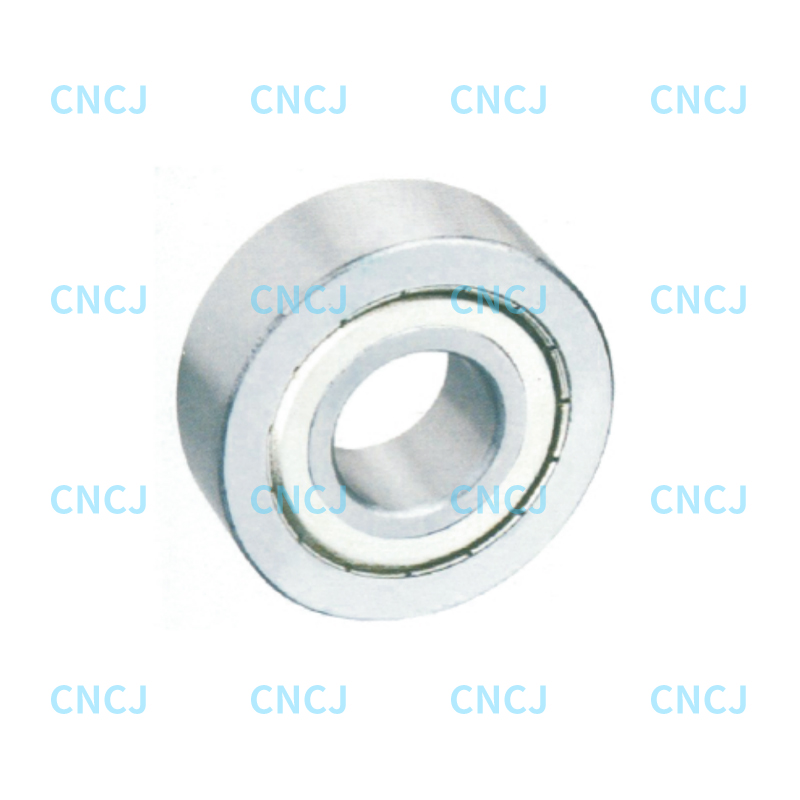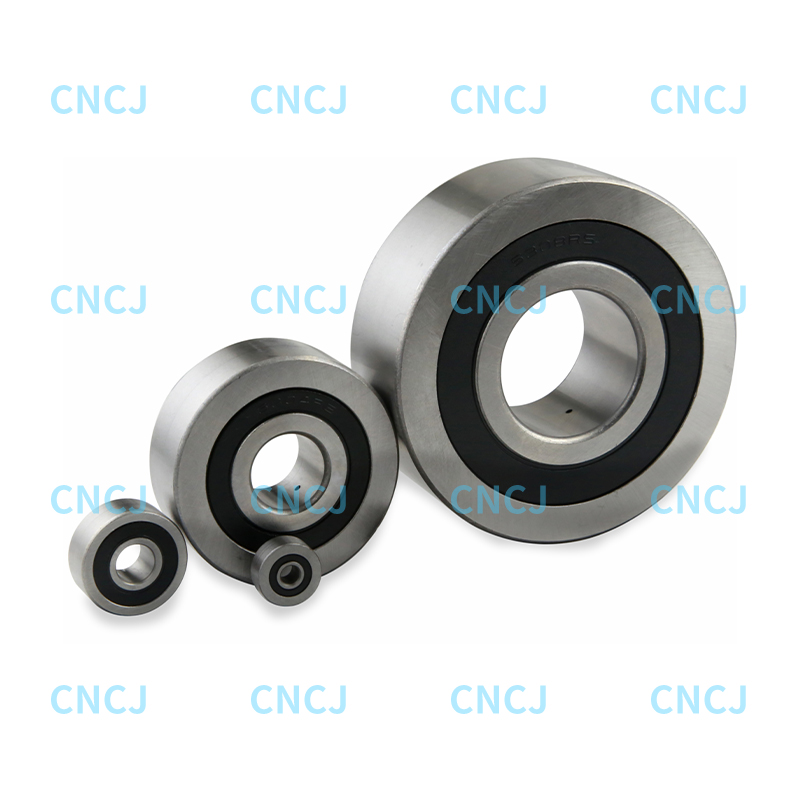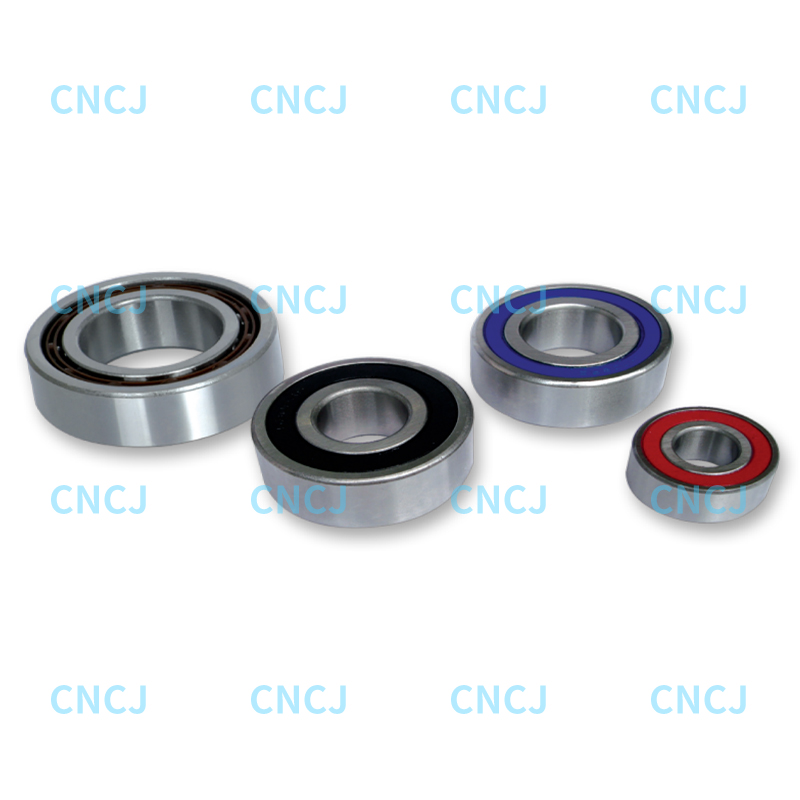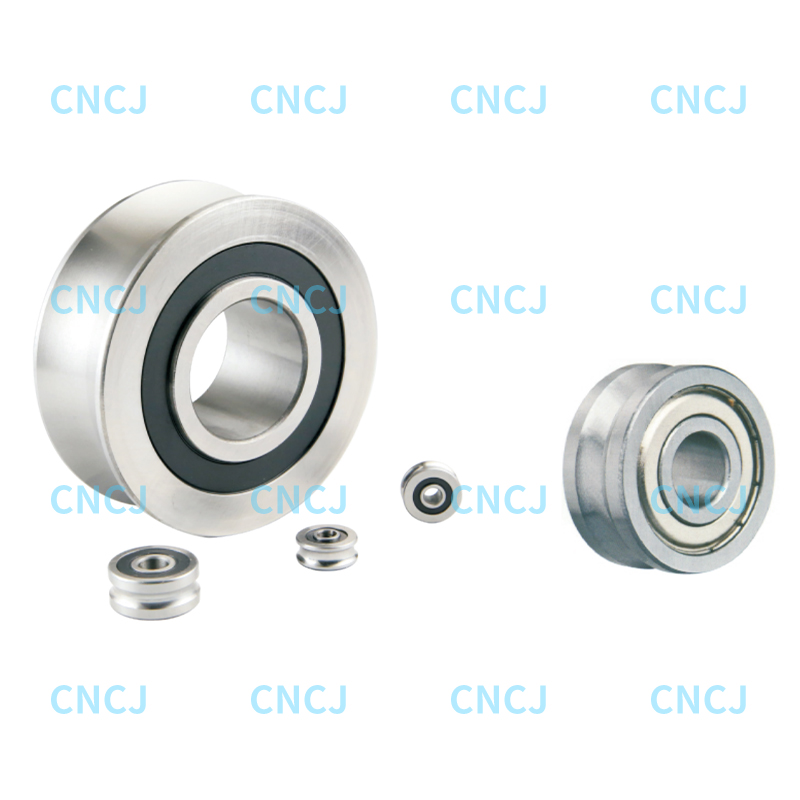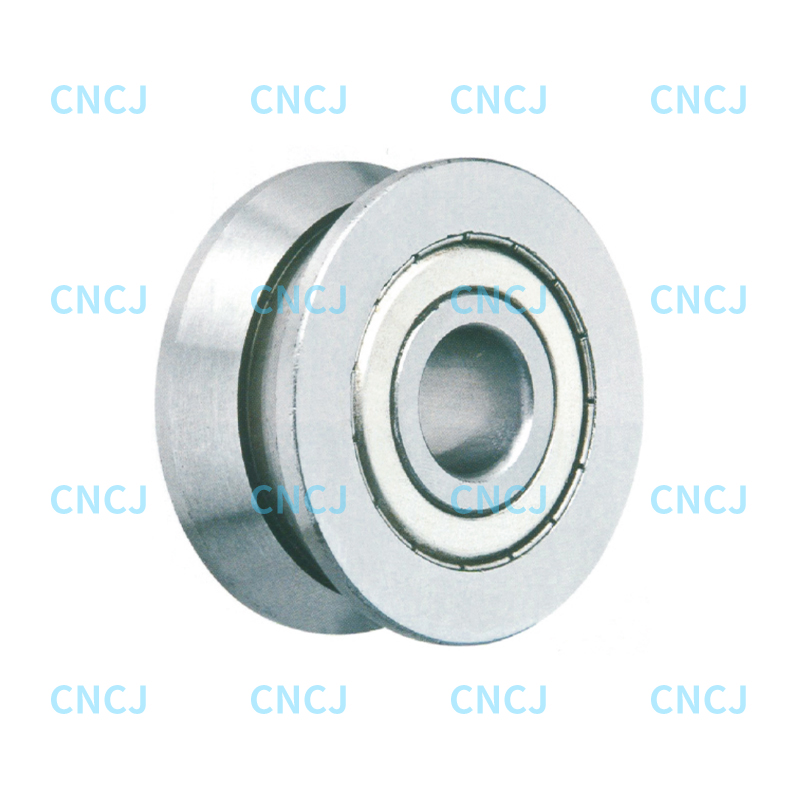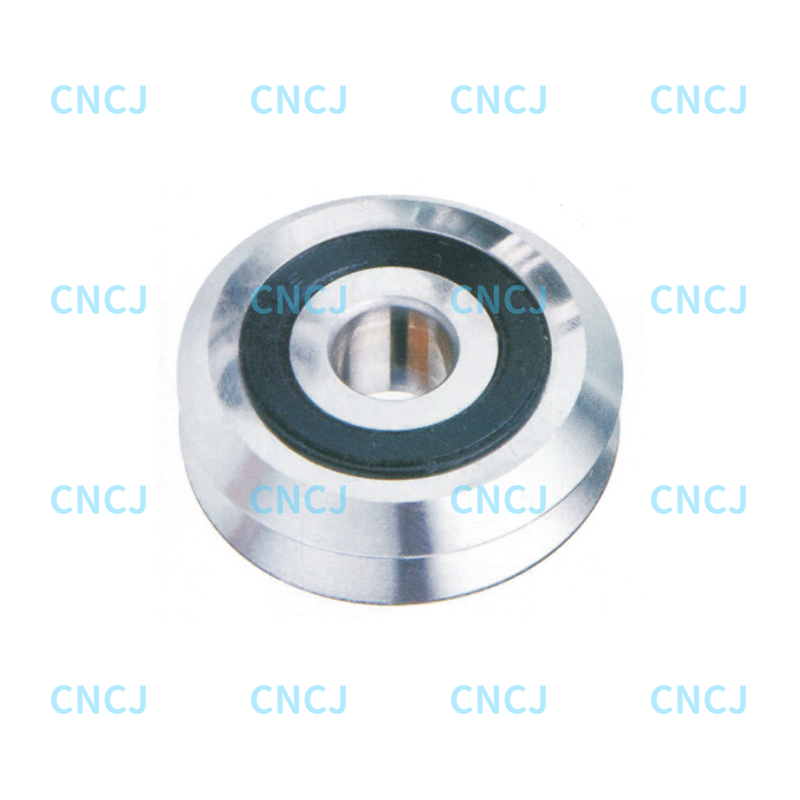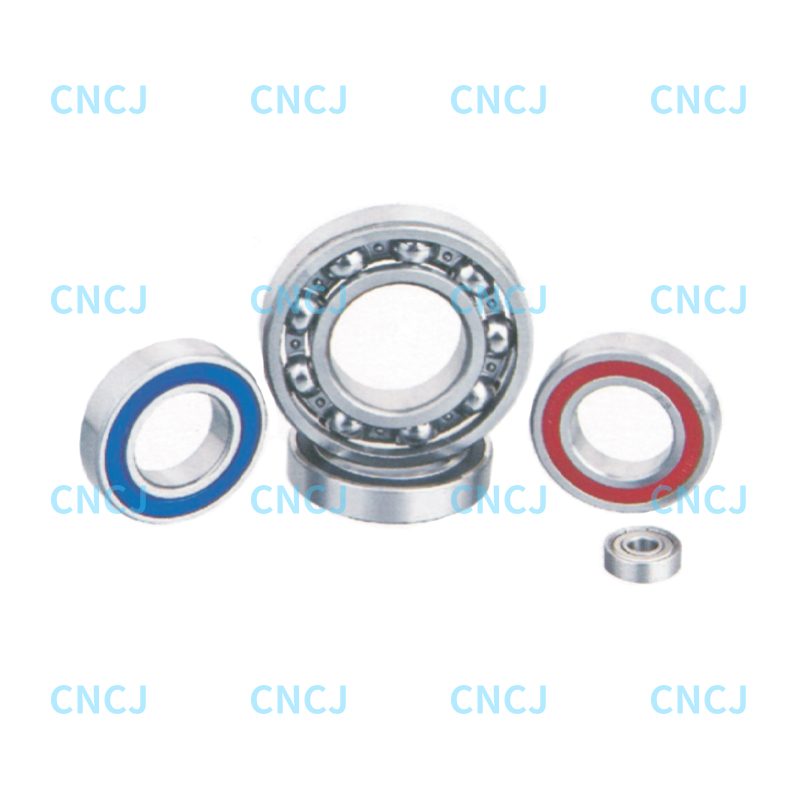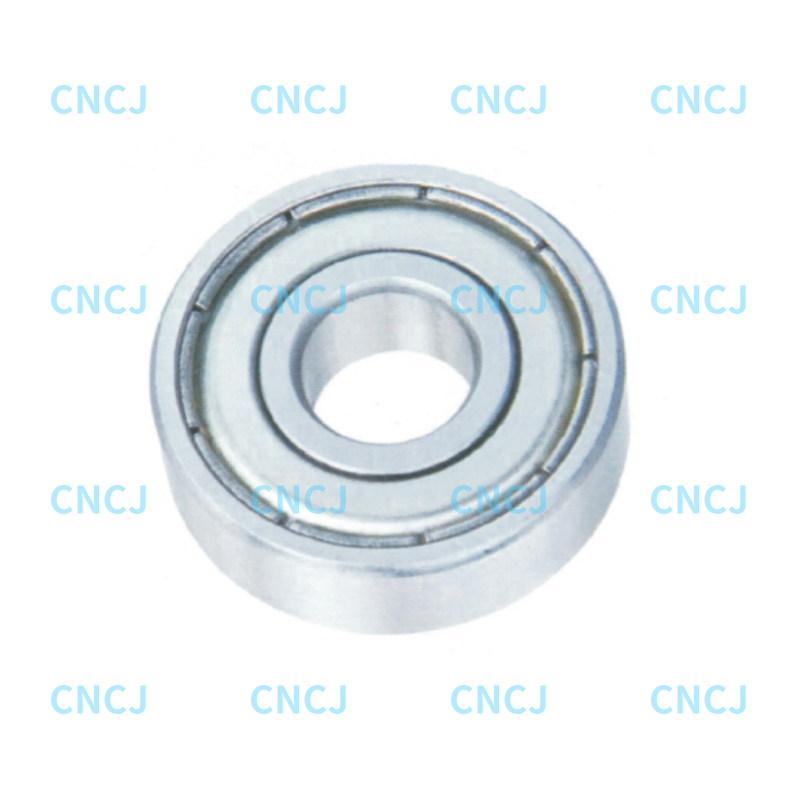Double-row angular contact ball bearings are widely used in various mechanical equipment due to their good load capacity and stability. Choosing the right double-row angular contact ball bearing model is crucial to ensure the performance and life of the equipment. This article will introduce the key factors to consider when selecting double-row angular contact ball bearings.
1. Application requirements analysis
First, clarify the specific requirements of the application, including the working environment, load type (static or dynamic), speed range, and temperature conditions. Different applications have different requirements for bearings, so understanding the specific requirements is the first step in choosing the right model.
2. Load capacity
The load capacity of double-row angular contact ball bearings is an important consideration in selection. The required static and dynamic load capacity needs to be calculated based on the actual working conditions to ensure that the selected bearing can withstand the maximum load. Usually, manufacturers provide load ratings for each model of bearing.
3. Speed requirements
Different models of double-row angular contact ball bearings are suitable for different speed ranges. When selecting, it is necessary to check the rated speed of the bearing to ensure that the selected model can work normally at the predetermined speed. Too high a speed may cause the bearing to overheat, affecting performance and life.
4. Inner and outer ring size
Choose inner and outer rings of appropriate size according to the installation space and design requirements of the equipment. The outer diameter, inner diameter and width of the bearing need to match other components to ensure normal fit and operation.
5. Materials and lubrication
The choice of bearing material directly affects its wear resistance and corrosion resistance. Generally, steel bearings are suitable for most applications, while stainless steel or ceramic bearings are suitable for special environments (such as high temperature or chemical corrosion). In addition, the lubrication method (oil lubrication or grease lubrication) will also affect the working performance and life of the bearing.
6. Installation method
Understanding the installation requirements of the bearing is an important part of the selection process. Different double-row angular contact ball bearings may use different installation methods, such as press-in, sleeve or flange installation. Make sure that the selected bearing model is consistent with the installation requirements to avoid problems caused by improper installation.
7. Bearing accuracy grade
The bearing accuracy grade affects its running stability and noise level. According to the specific application requirements, select the appropriate accuracy grade (such as P0, P6, P5, etc.). High-precision bearings are suitable for applications with higher requirements, such as high-speed motors and precision machinery.
8. Manufacturer and after-sales service
Choosing products from well-known manufacturers can ensure the quality and reliability of the bearings. At the same time, it is also important to understand the after-sales service and technical support provided by the manufacturer so that you can get help in time when you encounter problems during use.

 English
English 中文简体
中文简体 Deutsch
Deutsch Español
Español